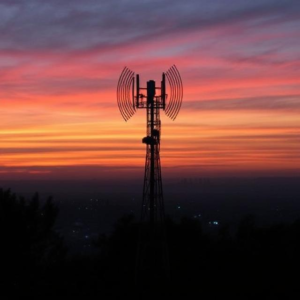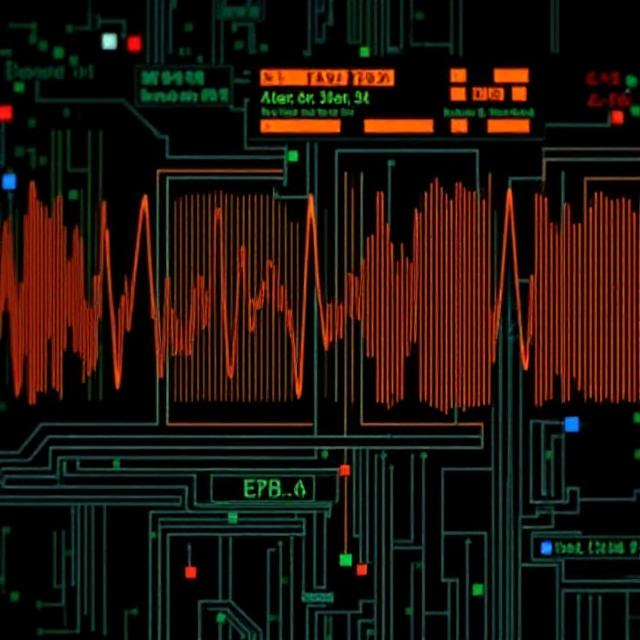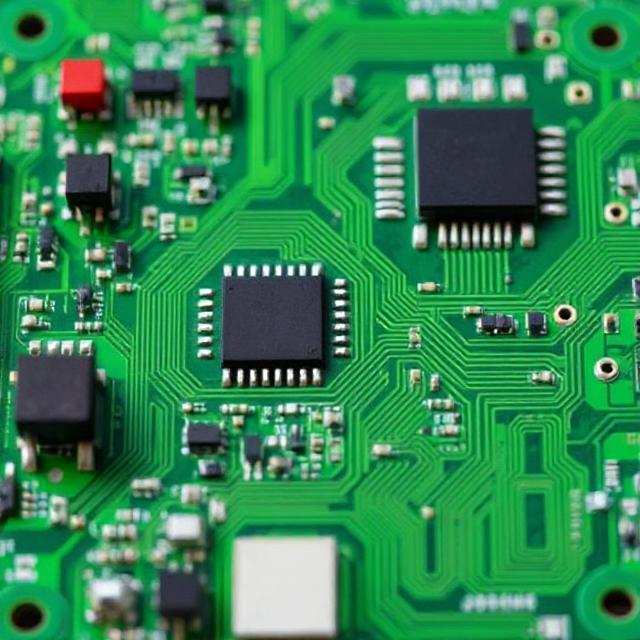Antenna Design and RF (Radio Frequency) Propagation in simple terms:
Antenna Design helps make sure we send and receive signals effectively, while RF propagation helps us understand how those signals travel in the real world and how we can optimize them for better communication.

1. Antenna Design
Antenna design is about creating devices that can send or receive radio waves (electromagnetic waves) used for wireless communication, like in mobile phones, Wi-Fi, and TV broadcasts.
What is an Antenna?
An antenna is a device that transforms electrical signals (from your phone or Wi-Fi router, for example) into radio waves to send them through the air, or it turns incoming radio waves back into electrical signals that can be understood by a device.
Think of an antenna as a bridge between electric signals inside your device and radio waves traveling through the air.
Key Factors in Antenna Design
- Frequency:
- Antennas are designed to work well at specific frequencies or ranges of frequencies. Different wireless systems (like Wi-Fi, Bluetooth, radio, or 5G) use different frequency bands. The antenna’s design is closely tied to the wavelength of the radio waves it’s designed for.
- Wavelength is the distance a wave travels during one complete cycle. For example, the wavelength of a 2.4 GHz Wi-Fi signal is smaller than that of a 1 GHz signal.
- Size:
- The size of an antenna is typically related to the wavelength of the signal it’s designed to transmit or receive. The most common rule is that the length of the antenna is typically a fraction (like 1/4 or 1/2) of the wavelength.
- For example, a 1.5 GHz frequency would need an antenna that’s much smaller than an antenna for a lower-frequency signal like 100 MHz.
- Shape and Type:
- The shape of an antenna determines how it radiates or receives signals. Common antenna shapes include:
- Dipole antenna: Two metal rods arranged in a straight line (think of a simple TV antenna).
- Parabolic antenna: A dish-like shape that focuses signals into a narrow beam, like the dish you might see in satellite communication.
- Patch antenna: A flat, small antenna used in things like smartphones or Wi-Fi routers.
- The shape of an antenna determines how it radiates or receives signals. Common antenna shapes include:
- Directionality:
- Omnidirectional antennas send signals in all directions. A Wi-Fi router uses this type to cover a wide area.
- Directional antennas focus the signal in one direction. A parabolic dish antenna used for satellite communication is a good example of this.
- Gain:
- The gain of an antenna is how effectively it directs the radio signal. High-gain antennas focus the signal in a specific direction (which improves signal strength in that direction) while low-gain antennas send the signal in many directions.
- Bandwidth:
- Bandwidth refers to the range of frequencies an antenna can transmit or receive. A wider bandwidth means the antenna can support more data or multiple communication channels at once.
Example of Antenna Design
Let’s say you want to design an antenna for a Wi-Fi router:
- You would likely use a 2.4 GHz or 5 GHz frequency.
- The antenna might be omnidirectional to provide signal coverage in all directions.
- You’d need to ensure the antenna is sized correctly for the wavelength of the Wi-Fi signal (about 12.5 cm for a 2.4 GHz signal).
- The antenna would have a moderate gain to offer a balance between coverage and range.
2. RF Propagation
RF Propagation is the study of how radio waves travel through the air (or any medium) from one point to another. It’s about understanding how radio signals behave when they are transmitted from a source (like your phone or radio tower) to a receiver (like a cell tower or Wi-Fi router).
When a radio wave travels through space, it can reflect, refract, diffract, or scatter depending on obstacles (buildings, mountains, etc.) and the medium it’s passing through.
Factors Affecting RF Propagation
- Free Space Path Loss:
- As a signal travels through the air, it naturally loses power, which means the signal weakens with distance. This is known as path loss.
- The farther the signal travels, the weaker it gets, especially at higher frequencies.
- Obstacles (Buildings, Trees, etc.):
- Obstacles like buildings, trees, or mountains can block or reflect signals. When a signal encounters an obstacle, it may reflect off the surface (creating multi-path effects), bend around it (diffraction), or just pass through it (attenuation).
- For example, a signal might lose strength if it has to pass through several walls, which is why indoor coverage is usually weaker than outdoor coverage.
- Reflections and Multi-path Propagation:
- Signals often reflect off buildings, mountains, or other surfaces and reach the receiver at different times. This is called multi-path propagation.
- Multi-path propagation can cause problems like signal interference or fading, where the signal is weakened or distorted.
- Atmospheric Effects:
- Weather conditions like rain, fog, and humidity can also affect how radio waves travel. For example, higher frequencies (like 5 GHz for Wi-Fi) are more affected by rain and obstacles than lower frequencies (like 700 MHz for cellular networks).
- Line-of-Sight (LoS):
- For many communication systems, the signal works best when there is a line of sight between the transmitter and receiver. This means there’s no big obstacle blocking the direct path between the two.
- LoS is important for things like satellite communication or microwave links, where the antenna needs to “see” each other clearly.
Types of RF Propagation
- Ground Wave Propagation:
- Ground waves travel along the surface of the Earth. Low-frequency signals (like AM radio) tend to use this type of propagation, traveling over the horizon.
- Sky Wave Propagation:
- Higher-frequency signals can reflect off the ionosphere (a layer of the Earth’s atmosphere) and travel great distances. This is used for long-distance communications, like shortwave radio.
- Line-of-Sight (LoS) Propagation:
- In line-of-sight propagation, the signal travels in a straight line from the transmitter to the receiver. This type is used by high-frequency signals like microwave links or cellular communication (5G).
Practical Example: Mobile Networks
For mobile phones (like 4G or 5G):
- The mobile tower (transmitter) sends signals that propagate through the air.
- The RF signal needs to travel long distances and overcome obstacles (like buildings).
- Antenna design helps focus signals where they’re needed most (e.g., directional antennas on cell towers focus energy towards high-demand areas).
- In urban areas, RF propagation can be tricky because of many obstacles like tall buildings, leading to weaker signals (which is why your phone signal might be poor in a skyscraper or underground).
Summary :
Antenna Design:
- Antennas send and receive radio waves.
- They are designed to match the frequency of the signal, and the shape and size affect their performance.
- The key design considerations are gain, bandwidth, and directionality (whether it sends the signal in all directions or just one).
RF Propagation:
- RF propagation is the study of how radio signals travel through the air.
- Obstacles like buildings or trees, as well as distance and frequency, affect how well a signal travels.
- Different types of propagation include line-of-sight, ground waves, and sky waves, and they determine how well communication systems like Wi-Fi, radio, and cellular networks work.











